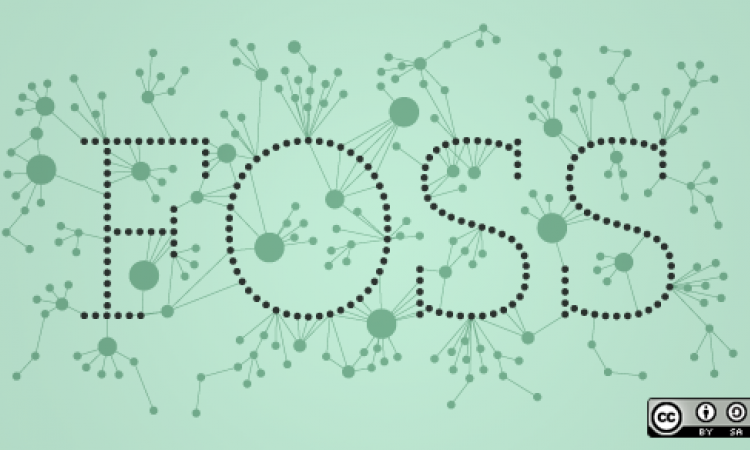
There are several uncertainties with technology endeavours of non-profit organisations. They pose significant risks to non-profits - wasted resources, inability to evolve with time, and obsolescence in the long term. Open source products offer a sustainable path.
Uncertainties faced by non-profits
- Beginning
- To what extent can your organisation adopt technology sustainably?
- If it is a public system (i.e. not to be used by the organisation's staff) what would be the uptake of the system?
- Medium-term
- The context in which you plan to use technology can change because of government decisions, the situation on the ground, etc.
- Your organisational uncertainties (e.g. funding outlook, attrition of key employees) can have an impact.
- Do some unforeseen risks come to the surface while scaling up?
- Long-term
- What happens, even if one is successful with all of the above but the technology becomes obsolete?
Organisational leaders simply cannot invest in technology and reap benefits. Depending solely on organisational wisdom seems inadequate. We believe that open source[i] products offer compelling tools against these uncertainties. So, how does it do this? Let us see the key characteristics of open source products and how it helps in each of the distinct phases.
But the core may be counter-intuitive. The idea is to not worry about procuring the exact technology solution at the beginning, so that, one can continue to use it in the distant future.
Key characteristics of open source products
- Open source products are designed to provide the common functionality needed by the sector (and sub-sector) and allow for customisation of what is specific to one organisation in how it works.
- They are modularised so that certain components can be replaced with bespoke solutions while retaining the rest of the product. For example, Moodle allows one to replace the mobile app or the student-facing desktop app or reporting platform while retaining the other components.
- Open source products track the sector and the technology evolution and evolve themselves continuously.
- They can be used by cloud providers or be self-hosted.
Open source products provide 90-100% of what you need out of the box
Starting a new technology project
In this phase, beginner's risk must be disproved. Else, a lot of invested resources could go waste as it often does. Here open source allows you to get off the ground quickly and cheaply via customisation option. So, one can test if it is a good idea. Even though the software can be evolved quite quickly, our intuition tells us that the first version must be really good and do everything. If we have such expectations, then we will be disappointed. Even when there is no real reason, since we are trying to uncover the risks.
Medium-term
As we have successfully demonstrated the value and feasibility, in the medium-term we would like to scale up at a pace suited to our organisation. This could imply that we may expand the scope of software or improve the user experience. Expanding the scope would help use existing features and components that were lying unused in the open-source product. Additionally:
- we would like the mobile app to be more specific to our use case, so that it is easy to scale to a large number of users
- we may want to improve the user interface of a component to look specific to our needs or branded as per our organisation
- we may want to add a new component not available in the product
The flexible, modular and extensible nature of the open-source product allows us to achieve this at a reasonable cost without having to rewrite everything.
Long term technology risk
In the long run, new ways of using the software and mainstreaming of new capabilities may emerge that cannot be anticipated at the start of the project. What has happened in the last ten years in mobile, social media, WhatsApp, the cloud, may continue in the future - with a voice interface, chatbots, AI, beneficiary facing software ready to be used widely.
If we take bespoke solutions route, we will have to keep developing them in future as well. In the long run, bespoke solutions usually get thrown away and new ones are developed. This is because the software provider changes or no one can understand the software program to change it anymore. But open-source products keep evolving without us having to do anything. This is because they cater to the wider sector. Or someone or the other is looking for new things. For example, when mobile app became mainstream, moodle[ii]** added this component to its portfolio.
Conclusion
The benefits of open source products can be seen in the short to long run. Note that it is in the economic interest of custom software solution providers to develop bespoke solutions for every customer as they are larger in the ticket size. But in our experience, it leaves non-profits worse-off in the long run and doesn't cover for risk in the short and medium-term.

This article has been republished with permission from Samanvay Foundation. View the original here.
[i] Most products with widespread use in the social sector are open source.
[ii] We have used moodle as an example but same can be said about DHIS2, OpenMRS, WordPress, ODK, too.